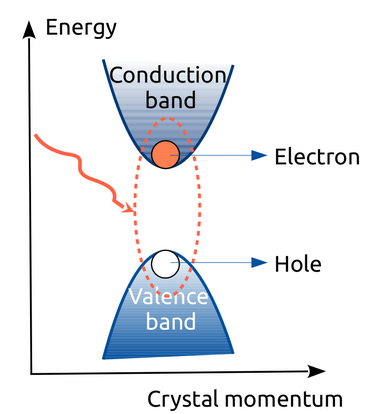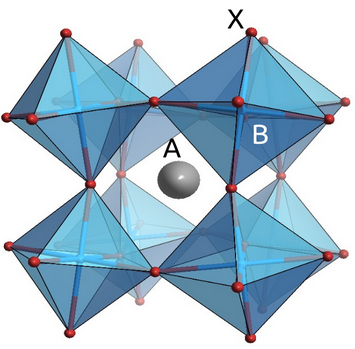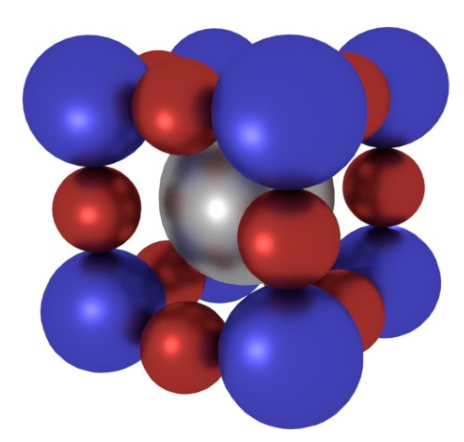Excited State Properties of Semiconductors and Insulators from Many-Body Perturbation Theory

We use and develop upon many-body perturbation theory techniques such as the GW method [1] and the Bethe Salpeter Equation [2], to understand light-matter interactions and the interactions between charge carriers and atomic vibrations in semiconductors and insulators. Our research focuses on the development of efficient and accurate computational frameworks for the prediction of key properties of semiconductors and insulators, such as electronic band gaps, charge carrier effective masses, exciton binding energies. Furthermore, we are developing upon existing computational methods to understand the interaction of photogenerated excitons with ionic vibrations.
[1] Phys. Rev. B, 34, 5390 (1986). [2] Phys. Rev. Lett, 81, 2312 (1998).
Related Publications: J. Phys. Chem. Lett 12, 8, 2057-2063 (2021), Nat. Commun.9, 293 (2018); J. Phys. Chem. C 2015, 119 (45), 25209-25219 (2015); Phys. Rev. B 90 2014, 245145 (2014).
Metal-Halide Perovskite Optoelectronics

Metal-halide perovskites are a new class of semiconductors that have recently shown tremendous promise for application in photovoltaic devices [1]. These materials are excellent light absorbers in the visible range, and their optoelectronic properties are highly tunable via chemical substitution, as well as structural and dimensional control. In our research, we leverage the power of computational materials modeling techniques within density functional theory (DFT) and many-body perturbation theory (MBPT) to understand the complex interplay between chemistry, structure and optoelectronic properties in these remarkable materials by systematically exploring halide perovskites across different chemical environments and with a variety of different structural configurations (from 3D to reduced dimensionality).
[1] Science, 338, 6107, 643-647 (2012).
Related Publications: ACS Energ. Lett., 5, 1337-1345 (2020); Chem. Mater 28 (13), 4554-4562 (2016); J. Phys. Chem. Lett. 7 (13), 2579-2585 (2016); J. Phys. Chem. C, 119 (45), 25209-25219 (2015); Phys. Rev. B 90 2014, 245145 (2014); Nat. Commun, 5, 5757 (2014).
High Throughput Materials Design and Discovery

First principles computational modeling techniques within DFT and MBPT have reached a level of sophistication and accuracy that allows reliable predictions of the stability and the physical properties of undiscovered materials ahead of experimental synthesis. We leverage these advances to design new semiconductors and insulators that have never before been discovered, by developing new frameworks to run first principles calculations in an automated manner, and new models to interpret data mined from our calculations. We focus our interest on multinary materials, that is materials which incorporate multiple chemical species, drawing inspiration from the broader perovskite and perovskite-related materials family. Our overarching goal is to discovery new functional semiconductors and insulators for optoelectronics and to develop design rules that will aid "on-demand" materials design.
Related Publications: Proc. Natl. Acad. Sci., 201719179 (2018); J. Phys. Chem. C, 122(1), 158-170 (2018); J. Phys. Chem. Lett. 7(7), 1254-1259 (2016); J. Phys. Chem. C, 120 (1), 166-173 (2016).
